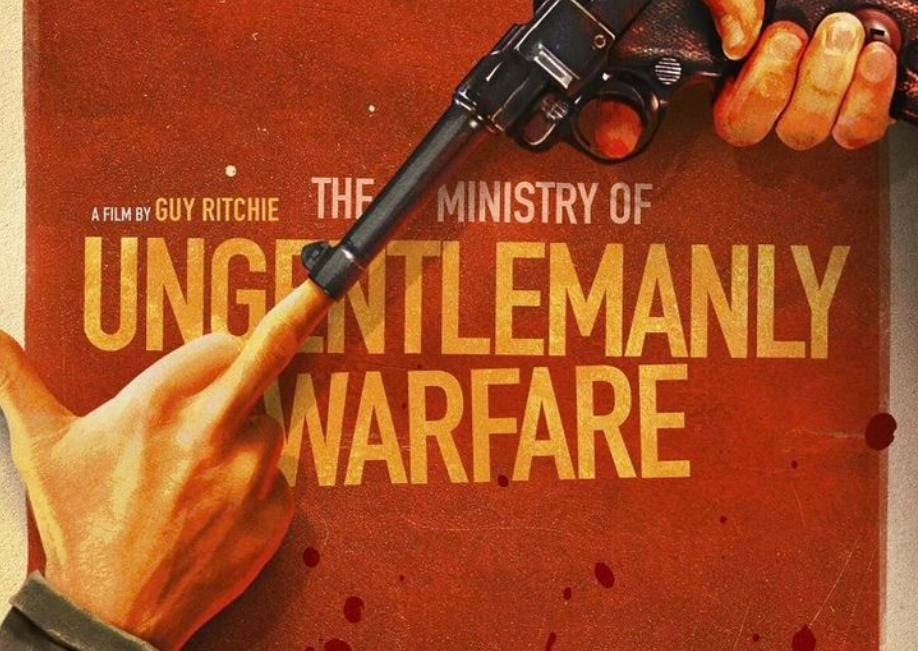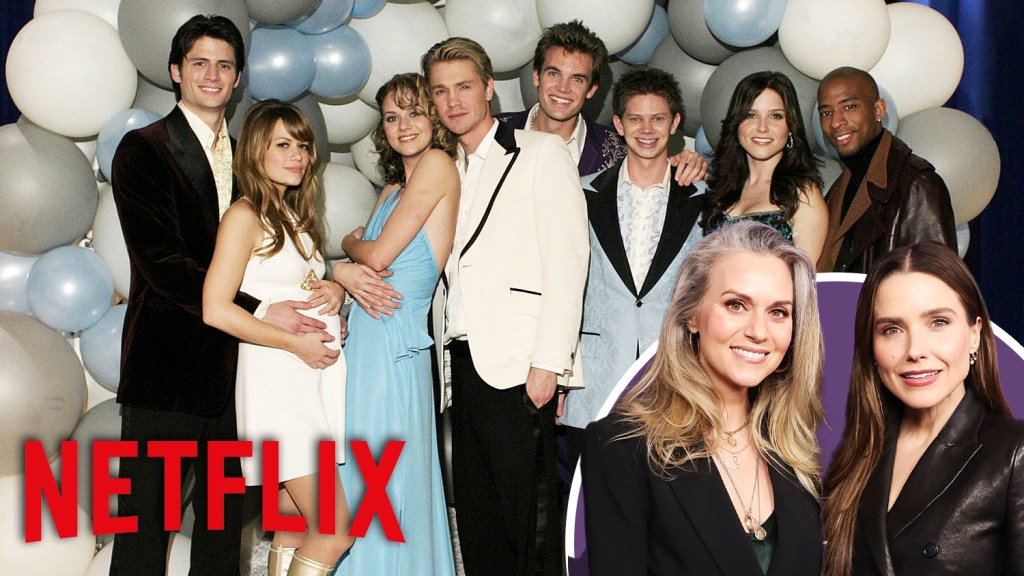Fashionable Warfare: A Look at the Costumes in Guy Ritchie's 'The Ministry of Ungentlemanly Warfare'

Guy Ritchie's latest film, "The Ministry of Ungentlemanly Warfare," takes us back to World War II, showcasing the birth of covert operations. The film features stunning period costumes designed by Loulou Bontemps, a long-time collaborator with Ritchie. Bontemps reveals the meticulous work behind recreating these authentic and stylish outfits, which span military uniforms from several nations.
From the outset, Ritchie was captivated by the elegance and beauty of the period costumes, a departure from the typical depiction of wartime fashion in film. The costumes themselves become characters, adding a layer of sophistication and charm to the narrative. The meticulous attention to detail extends beyond military garb, with Bontemps drawing inspiration from the era's social scene and showcasing the contrast between the grim realities of war and the desire for entertainment.
"The Ministry of Ungentlemanly Warfare" is a cinematic homage to the true story chronicled in Damien Lewis' 2017 book, "Churchill's Secret Warriors: The Explosive True Story of the Special Forces Desperadoes of WWII." The film captures the audacity and self-confidence of these "Churchill's Secret Warriors," fueled by amphetamines, reflected in their witty dialogue and fearless actions.
The film delves into the crucial battle for control of the Atlantic during the early years of WWII. Britain, an island nation dependent on imports, desperately needed the United States to officially join the fight against the relentless German U-boats. Bontemps' meticulous research and attention to detail bring the period to life, showcasing the elegance of 1930s and 40s fashion, amidst the backdrop of devastation.
One notable character, Marjorie Stewart, portrayed by Eiza González, embodies this contrast. A talented singer and actress, she utilizes her allure to manipulate the Nazi commander, Heinrich Luhr, played by Til Schweiger. Marjorie's costume changes, a subtle nod to the Hays Code, underscore her intelligence and cunning, as she uses her performance to buy time for her fellow operatives.
Bontemps' dedication to historical accuracy extends to the intricate detail of military uniforms. She emphasizes the extensive research and collaboration with experts required to create authentic representations of the British, American, and German forces. Bontemps' commitment to capturing the era's fashion is evident in every costume, from the meticulously crafted military uniforms to the elegant civilian attire.
The film highlights the often overlooked contributions of women during the war. Characters like Marjorie Stewart, a fictionalized representation of the real women who served in the SOE, showcase the intelligence, courage, and resourcefulness that fueled the resistance movement.
âThe Ministry of Ungentlemanly Warfareâ is a captivating blend of history, action, and humor. Bontemps' exquisite costuming elevates the film, adding depth and sophistication to the narrative. The meticulous attention to detail and the portrayal of the era's fashion offer a unique and captivating glimpse into the world of Churchill's Secret Warriors.





